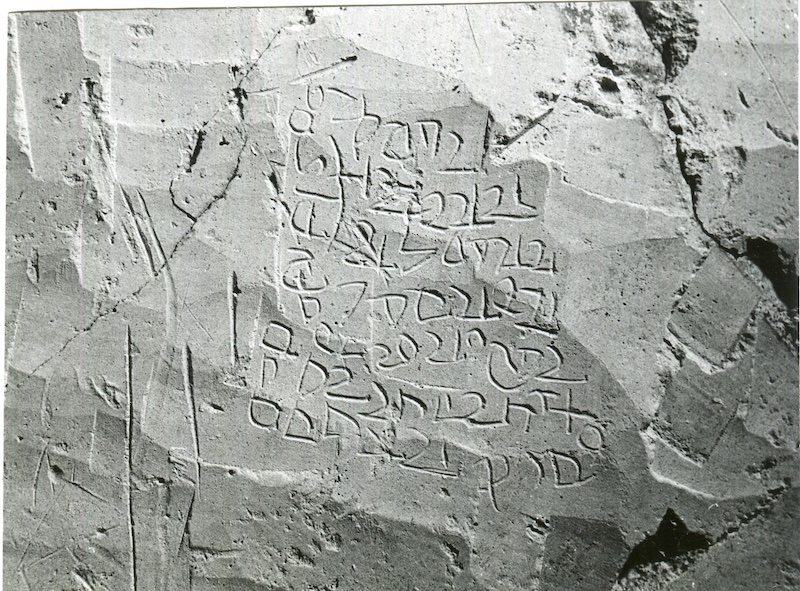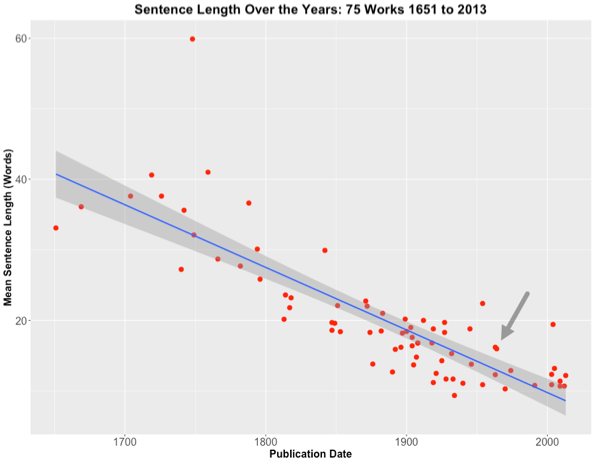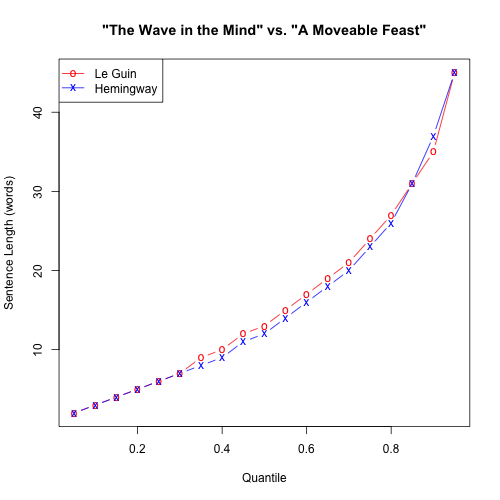Hellenism in East Asia
The spread of Greek language and culture across Asia has often been a topic of discussion in our posts, for which see "Selected readings" below. Now we have a long, richly illustrated article that summarizes much of what has come to be known on this subject, a large part of it aptly from the pages of Sino-Platonic Papers.
"The Ancient Greek Kingdoms of China"
By Arunansh B. Goswami, Greek Reporter (December 1, 2022)
Note that the author is an Indian. South Asia was an important conduit for the transmission of Sino-Hellenic cultural elements across Eurasia during antiquity. This is not a conclusive, academic paper, but a convenient, comprehensive survey that usefully introduces many themes for the further study of Greek influence in Eurasia during the last two millennia and more.
Read the rest of this entry »




